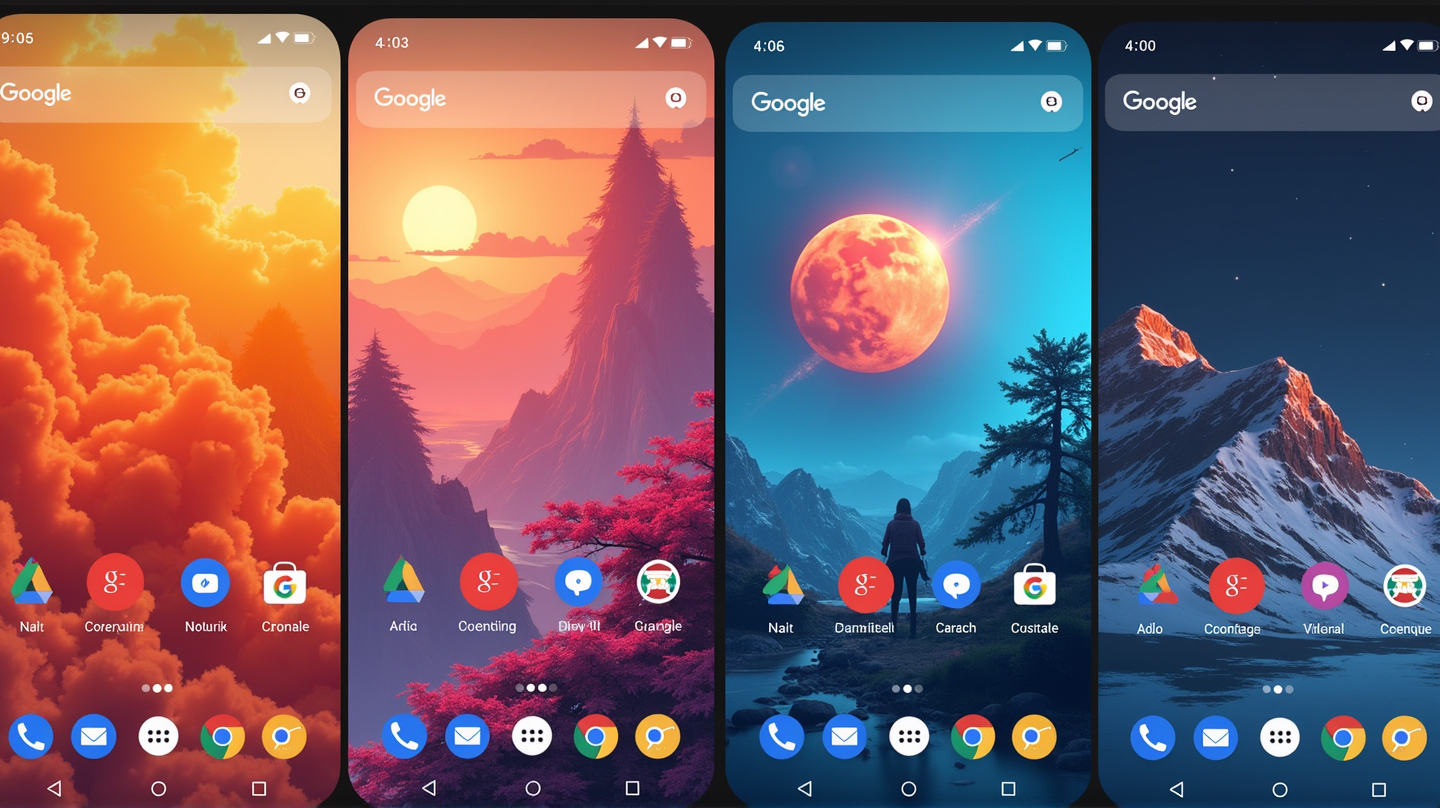Google is once again revolutionizing digital interactions with the introduction of the Material 3 Expressive redesign to Google Drive on Android. This transformative update isn’t just cosmetic; it’s a bold step forward in making mobile interfaces more dynamic, personal, and engaging, heralding a new era of digital productivity.
A Bold New Look for Google Drive
Unveiled at I/O 2025, the Material 3 Expressive design brings Google’s distinctive aesthetic to life. Featuring rounded edges, vibrant color choices, and fluid animations, the update promises to make file management on Google Drive both intuitive and visually captivating. According to WebProNews, these changes not only align with Google’s overall design evolution but also promise to elevate user interaction by making navigational elements more accessible.
Elevating User Experience Through Dynamic Design
The enhancements introduced in this redesign are crafted to nurture a more engaging user experience. The animated search bar and dynamically adjusting icons ensure smooth transitions, while the new floating action button (FAB) provides quick access to essential features. For users, these subtle yet significant changes translate into easier file management and organization—a reflection of Google’s commitment to enhancing its product suite with user-centric innovations.
Cohesive Across Google’s Ecosystem
This update isn’t rolling out in isolation; it mirrors similar enhancements across Google’s range of applications. Just recently, Gmail adopted parallel features aiming to simplify the user experience with fluid gestures and intuitive layouts. Such cohesive updates across apps like Files by Google highlight an ongoing strategy to deliver consistency, enhancing productivity across devices and environments.
Implications for Productivity and User Engagement
For enterprise users, the Material 3 redesign could promote increased productivity by reducing mental load in collaborative settings. This sleek interface ensures smoother navigation and operation, especially for those dealing with extensive file management. As users around the globe gradually receive this server-side update, feedback and performance metrics will likely inform further refinements and upgrades.
Setting New Design Benchmarks
Google’s redesign is more than an incremental change—it’s an expansion of what mobile productivity can look like in 2025. By integrating vibrant visuals and adaptive animations, Google is not only reinvigorating its own application but also offering a new benchmark in interface design that competitors may wish to emulate. As stated in WebProNews, the ripple effects of this redesign could mark a significant shift in digital interaction standards, influencing future updates across various platforms.
By bringing this expressive and personalized approach to mobile interfaces, Google continues to push the boundaries, turning everyday interactions into engaging experiences that resonate with users. This update signifies not just a visual makeover but a strategic endeavor to intertwine functionality with aesthetic expression in the digital domain.
